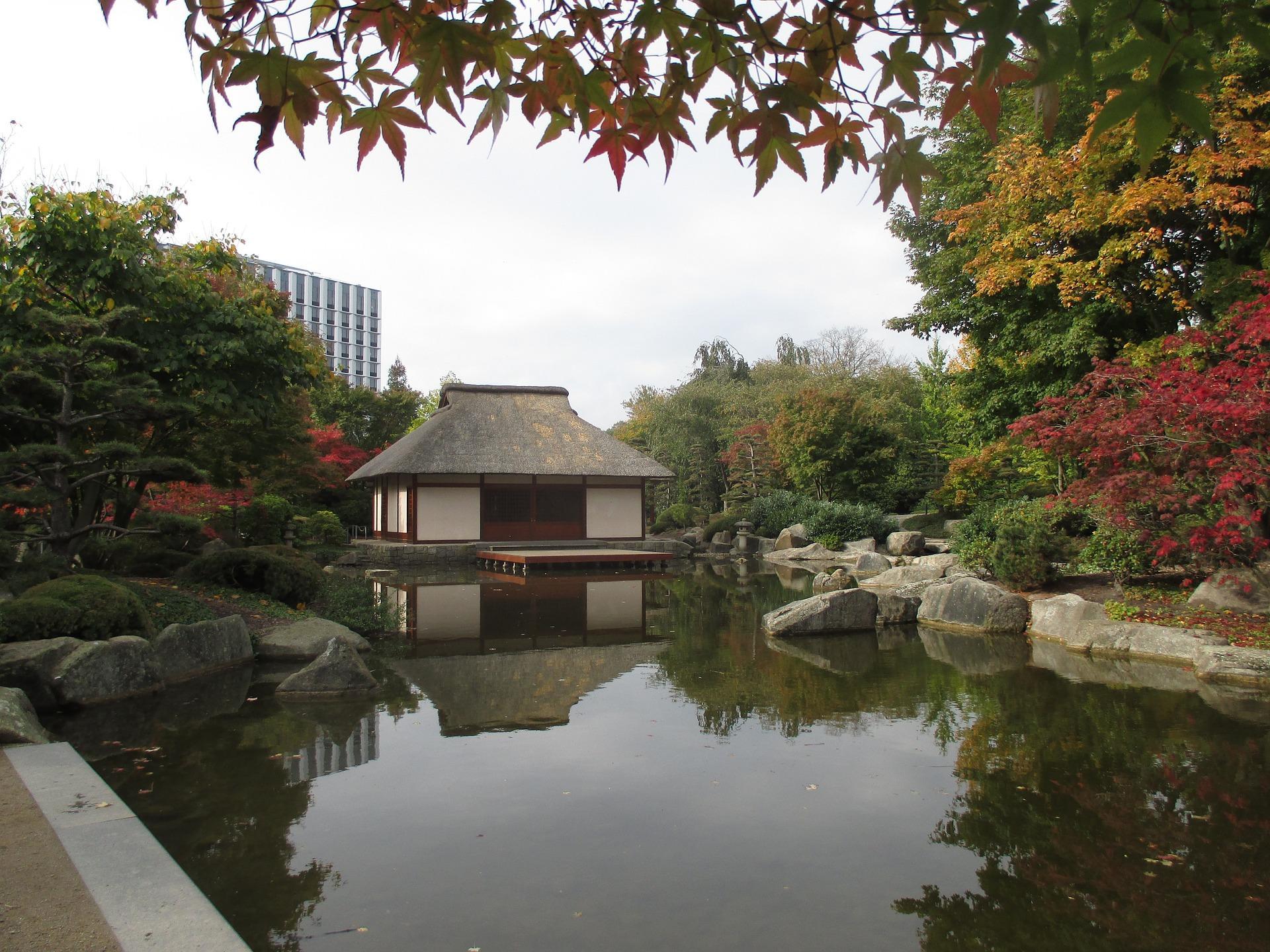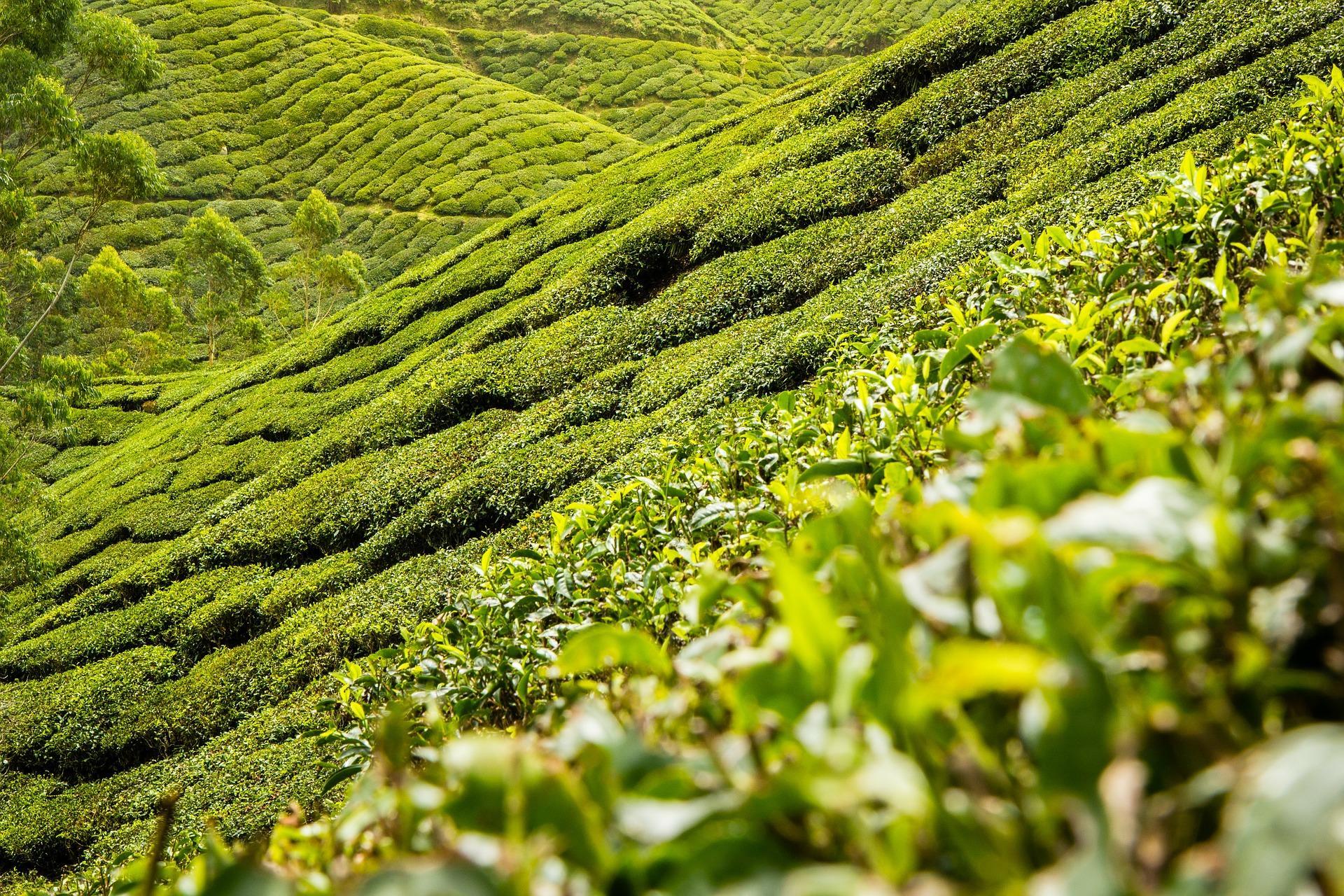"We drink tea to forget the noise of the world.” - Lu Yu
The author of “The Classic of Tea”, Lu Yu laid the foundations for the tea ceremony and tea-drinking culture. The tea ceremony is heavily influenced by Zen Buddhism and Buddhist monks. The ceremony evolved between the 8th and 16th centuries to become what it is today. Heavily codified, it takes years of practice to become a tea master. The spiritual aspects of the ceremony need to be carefully considered as well as the guests. Drinking tea in a Japanese tea ceremony is serious business and everything including making tea, the matcha green tea powder, the tea caddy, the ceramics, and tea room needs to be carefully considered. Here’s our advice on how to attend a tea ceremony as a guest.

Preparing to Attend a Tea Ceremony
The tea ceremony isn’t a very common occurrence in Japanese households. Even the inhabitants of the Land of the Rising Sun aren’t that familiar with all the rules and codes of the tea ceremony. There are three main types of tea ceremony:
- The standard ceremony which is usually attended by the Japanese but foreign guests can attend if they know how to behave.
- The ceremony for non-Japanese attendees, perfect if you’re visiting Japan with children who won’t understand everything. They are often conducted by tea masters who also know how to speak English. That said, the behaviour of the tea master will be identical to that of a standard ceremony.
- Practise ceremonies: before you attend a real tea ceremony, it’s recommended that you prepare and know the rules to follow.
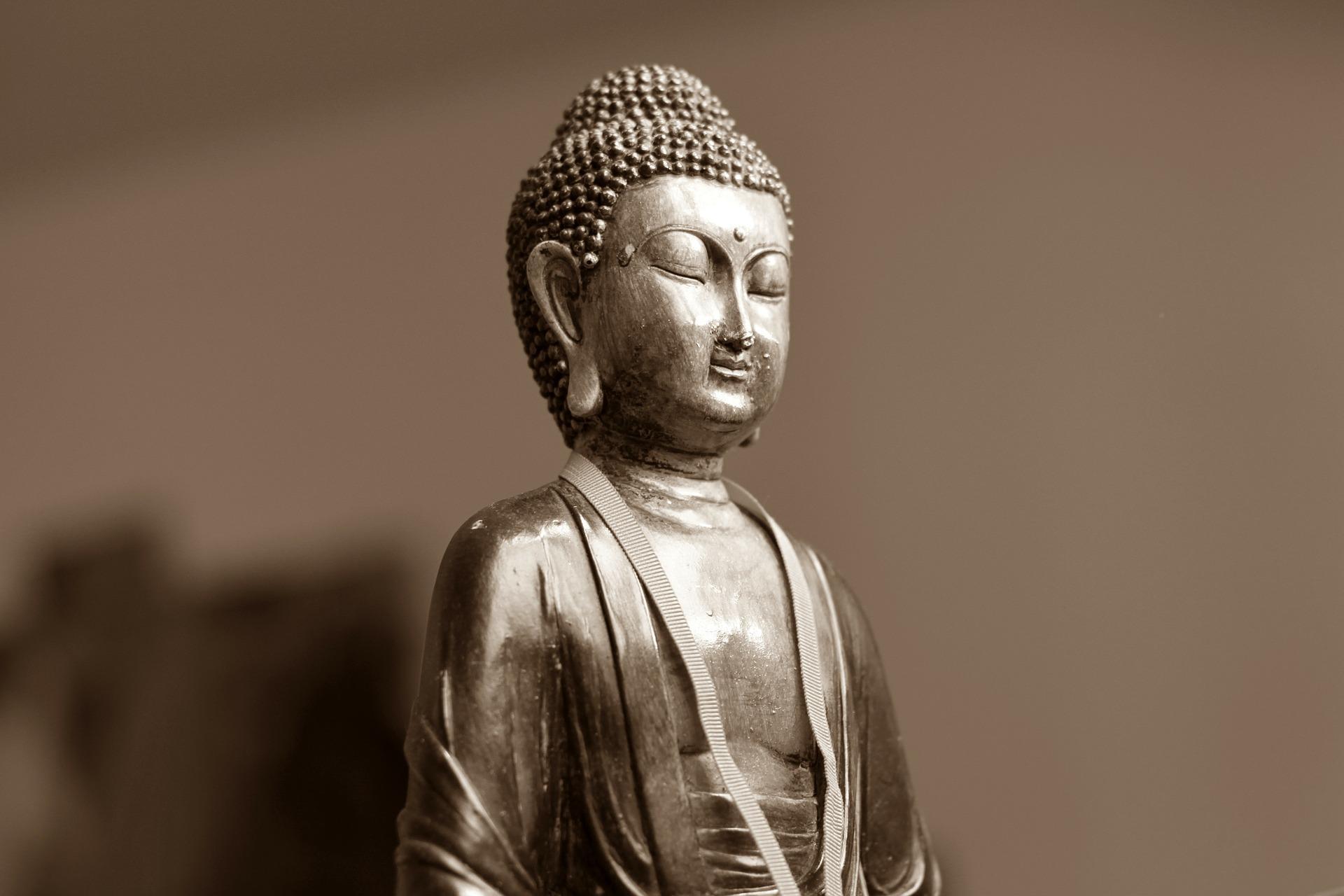
How to Sit During a Japanese Tea Ceremony
In a Japanese tea ceremony, there are usually four to five guests and each has a title:
- The first guest is the shokyaku.
- The second guest is the jikyaku.
- The last guest is the tsume.
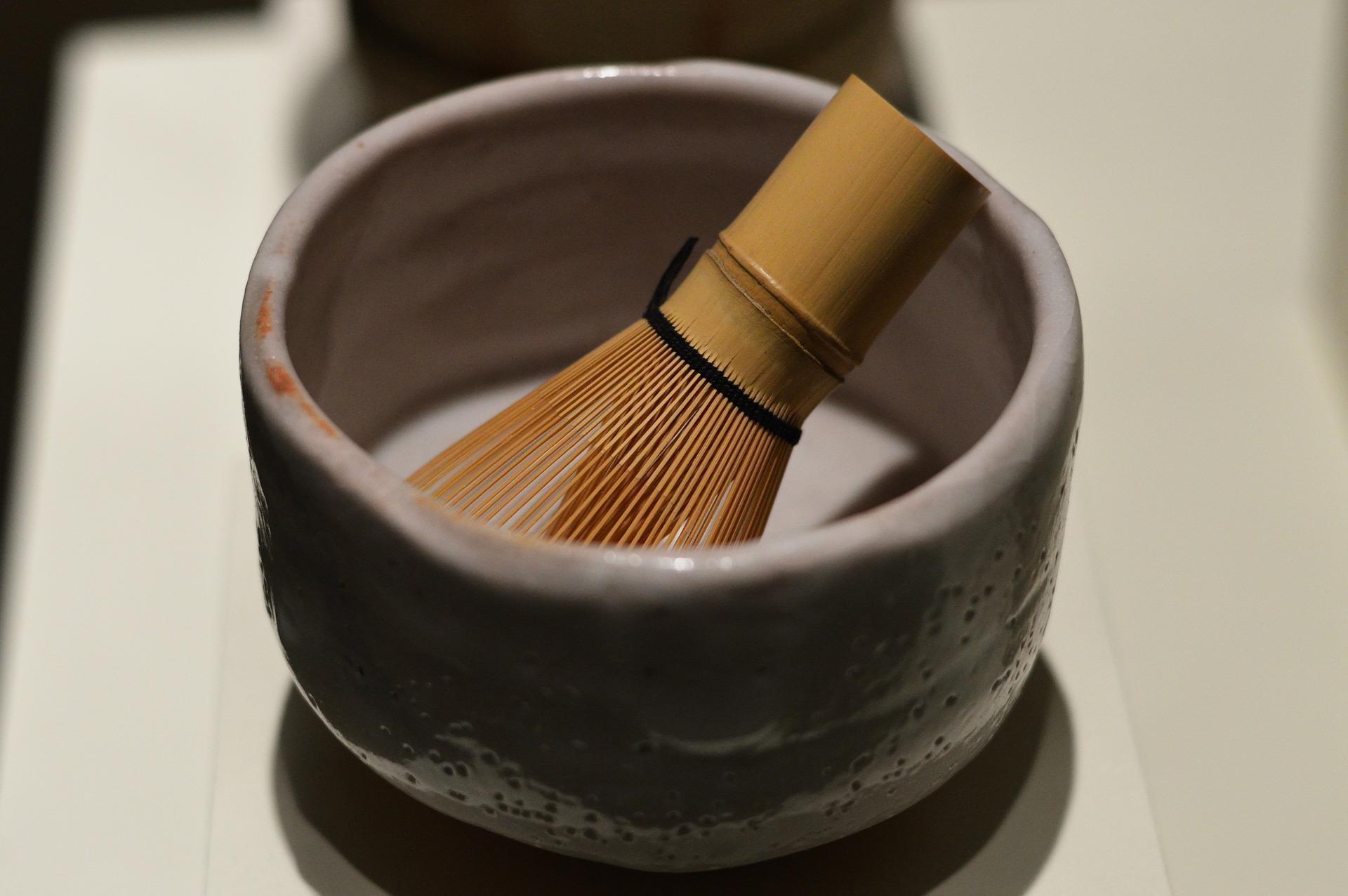
- While standing, place your hands on your thighs. Your back needs to be straight and your shoulders loose.
- Gently bend your knees placing your left foot in line with your right heel.
- Place your left knee on the tatami with your toes bending forward before bringing your right knee at the same level as the left.
- Bend your toes back before lightly spreading your kness to shoulder width. Your hands will rest on your thighs.
The shokyaku has the biggest role; they will speak with the teishu. You won’t be in this position when you attend a tea ceremony. If you’re part of an organised tour, this role will undoubtedly be taken by your tour guide. The room is known as the chashitsu and all social interactions, including the tea ceremony, take place here. Each person’s role is essentially written in stone. As a guest, you must follow the rules to the letter and not speak, eat, or drink until told to do so. The shokyaku will guide you through your first tea ceremony. The one thing to remember to not speak, eat, or drink before being asked to. Learn more about what happens in a Japanese tea ceremony.
How to Behave in a Japanese Tea Ceremony
You won’t be expected to fully understand the meaning and nuance of the teishu’s actions during a tea ceremony. However, you will be expected to behave yourself.
- You must take off your shoes before entering the teahouse just as you would entering any Japanese house. You will be given slippers.
- The teishu will greet you by bowing and invite you to take your place in the seiza position. Adopt the seiza position and await instruction.
- Do not open your hands. Keep your fists closed. Do not touch anything unless told to.
- Everything in front of you needs to be finished. Don’t worry. This won’t be a large meal but rather some tea and a little something to eat.
- You’ll be expected to look around at a given moment and you can ask a question of the first guest (shokyaku). You cannot address the host directly. It’s considered very impolite to ask a question about something you don’t understand. You can ask where the bowls come from, what the utensils are for, what the inscription on the parchment means, or about the teas used, for example. This shows interest in the teishu’s work. All the objects are chosen, cleaned, and used by the tea master as part of their role. Ask a question that you really want to know the answer to and listen attentively to the tea master’s answer. It’s better to not ask a question if you don’t know what to ask.
- When you’re offered the tea, turn it slightly towards you to drink from it.
- You cannot smoke during the ritual.
- If you have any doubts, don’t do anything and wait. The first guest will tell you what to do. Do not speak unless spoken to. Do not eat or drink anything until told to.
- Wait two days and then send a thank you note to the tea master.
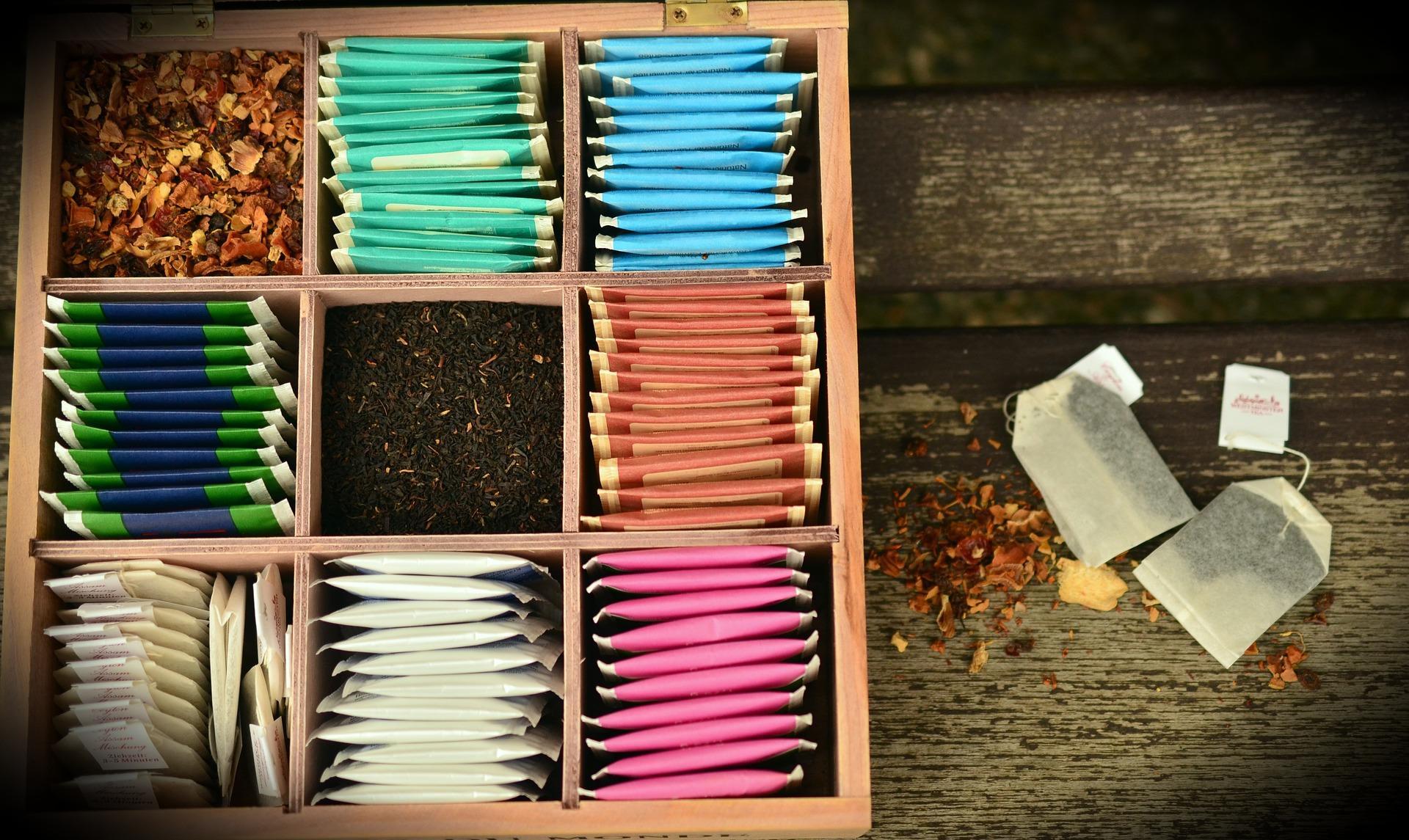
Where You Can Attend Tea Ceremonies
There are many places in Japan both in the city and country where you can attend a tea ceremony:
- The Imperial Hotel Toko-an in Tokyo: You can attend a 20-minute tea ceremony with tea served in traditional porcelain bowls and pastries for 2,200 yen (£15) per person.
- Nadeshiko. This Kimono rental offers a tea ceremony for between 4,000 and 5,000 yen (£28 and £35) if you’d also like to dress appropriately during the ceremony.
- Tokyo Bonsai Museum: You can attend a 45-minute tea ceremony for 4,000 yen.
- The Camellia Tearoom offers a flavoured-tea ceremony for 3,000 yen (£20).
- The Ju-An Teahouse in Kyoto: The tea ceremony is conducted in English and you can learn more about the tea ceremony. You can even learn how to prepare the tea. Expect to pay 2,450 yen (£17) if you book ahead and 2,900 (£20) on the day.
